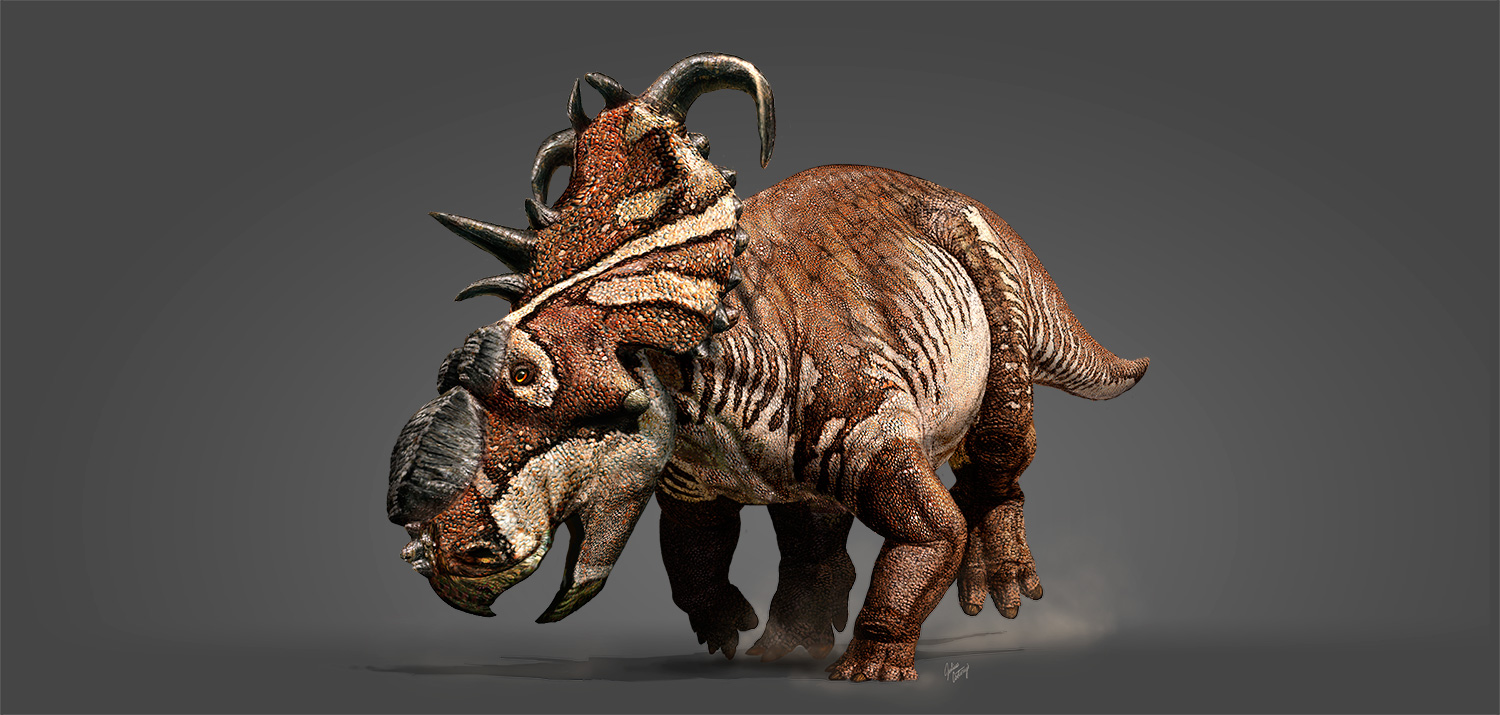THE SCIENTIFIC STUDY OF FOSSIL LIFE FORMS
The Grande Prairie region is rich in fossil resources. Most of the fossils found in this area come from the Wapiti Formation, a unit of rocks that was deposited between 80 and 69 million years ago, near the end of the Age of Dinosaurs. These rocks are the same age as those found in some of the most famous fossil beds of Alberta, like Dinosaur Provincial Park; however, in some cases, they contain different animals than those found to the south.

WHAT SHOULD I DO WHEN I FIND A FOSSIL?
Palaeontologists often rely on people from their local communities to inform them of new finds. If you are lucky enough to find a fossil such as a dinosaur bone or leaf impression, these are the steps you should take to ensure it is safe and can help with scientific research:
- LEAVE IT WHERE IT IS: Much information is lost if a bone is removed from where it came. It may be broken, leaving important clues left behind. It is actually illegal to excavate dinosaur fossils in Canada without a permit.
- RECORD THE LOCATION: The best way to record the spot is with a GPS (most smartphones now have this ability, even without a cellular connection). Take pictures of the fossil and note any nearby features that you might use to re-locate the spot.
- CONTACT A PALAEONTOLOGIST: Contact our palaeontologist, Dr. Bamforth, at curator@dinomuseum.ca if you think you may have found something. If you have photos, they may be able to identify it immediately. Alternatively, they may need to visit the site and even make a full-scale excavation!
It is important to know that no one person owns these fossils, and that includes scientists and even museums. Museums hold these discoveries in trust for all citizens so that anyone can view them while the bones themselves are property of the Crown.
